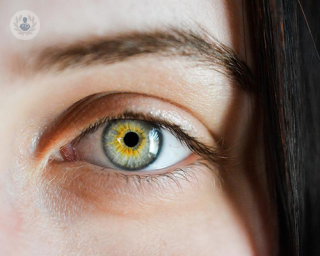Neuromyelitis optica
Dr Girija Sadalage - Neurology
Created on: 11-20-2020
Updated on: 09-22-2023
Edited by: Conor Dunworth
What is neuromyelitis optica?
Neuromyelitis optica (NMO), which is also known as Devic's disease, is an extremely rare central nervous system disorder that affects the spinal cord and optic nerves.
What can the disorder cause or lead to?
Neuromyelitis optica can cause blindness, weakness, paralysis, nerve pain, and muscle spasms.
Who is most at risk?
The condition can affect both men and women of all ages, but generally tends to affect the female population more than the male population.
What are the main symptoms of neuromyelitis optica?
There are a numerous amount of symptoms that patients suffering from neuromyelitis optica commonly present with. The main ones include the following:
- vision loss
- eye pain
- weakness in arms and/or legs
- vomiting
- arm or leg pain
- bladder problems
- bowel problems
- sexual problems
- painful arm and leg muscle spasms
- colours appearing less vivid and faded
- irritated and swollen spinal cord
- optic neuritis
How is neuromyelitis typically diagnosed?
To effectively and accurately diagnose a patient with neuromyelitis optica, a MRI scan of the patient's brain and spinal cord will be carried out. Blood tests will then be the next step in the diagnosis process, and in some cases, patients may also be required to have a lumbar puncture, where a thin needle will remove a sample of fluid surrounding the patient's spine to test it.
What are the treatment options for the condition?
Unfortunately, there is no cure for neuromyelitis optica. However, in order to slow down the progression of the disease, as well as to ease and improve symptoms, steriods are often prescribed to patients to reduce inflammation.
Which specialist treats neuromyelitis optica?
Neurologists are the specialists who treat this condition.










